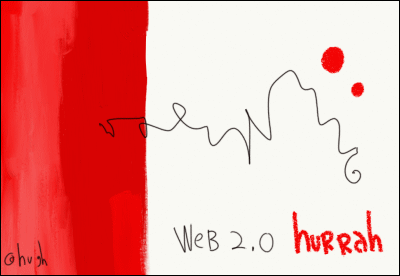Satan’s Portfolio: RCII, Gazprom, and Verizon
by Mr JugglesFuture additions will be in threes, as all bad things come in threes. Here is an explanation of Johnny’s Satan’s Portfolio Investing Thesis.
- Rent-A-Center (ticker: RCII)
- Rent-A-Center targets the least educated and poorest American demographics and sells them rapidly depreciating consumer goods via installment. Legally, they classify these layaway sales as “renting” to ease their regulatory burden and to ensure they can charge implied interest rates of mulitple hundred percent without being regulated or stopped. The tax treatment of depreciation also eases their tax burden. Screwing the government and the poor. Rent-A-Center is the BEST. True that. Double true!
- Gazprom (ticker: OGZPF.PK)
- As the saying goes “The Ukraine is Weak!” And that’s not all who is weak. Take a look at where Europe gets an irreplaceable amount of their oil. Russia may or may not be a place to fear, but 1) Satan has no fear and 2) his rule of thumb is that if he puts his money with Russian mafiosa and elected officials who are more evil than he is, than his money is likely to triple as peaking oil and regional scarcity give Gazprom real ultimate power.
- Verizon (ticker: VZ)
- This one is entirely personal. Verizon has screwed multiple members of this staff with such calling plans as “Nationwide Horrible Customer Service” and “The Dishonest Business Practice In Network” and my personal favorite the “Friends, Family and Fraudulent Charges Plan”. Verizon doesn’t screw customers to make a buck, or because it has to; Verizon screws customers because it wants to. What this means is that Verizon has a high EP ratio (Evil:Profit) which gives them substantial leverage as they ramp up profits. A clear buy signal.



